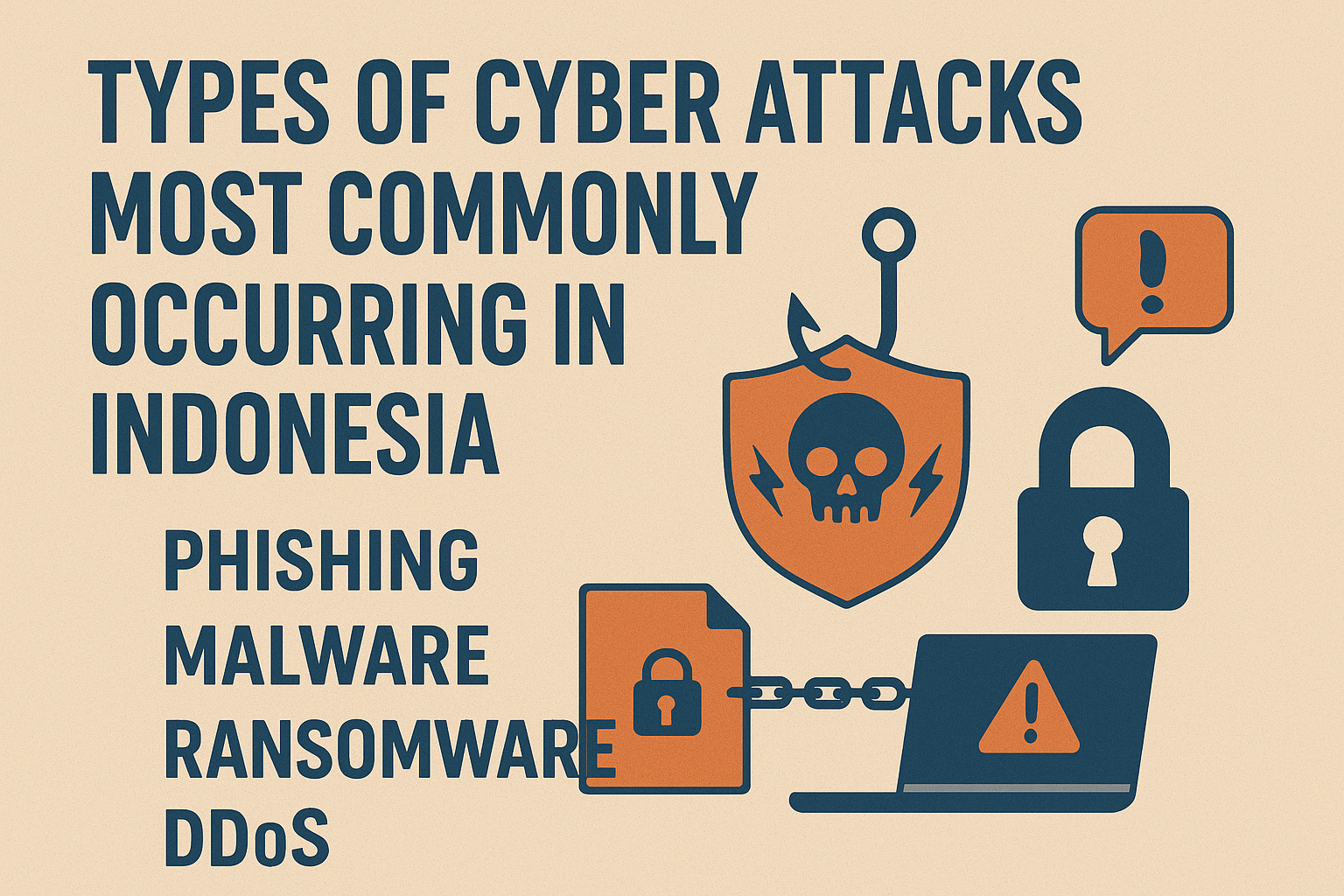Imagine a large company serving millions of customers every day suddenly unable to operate because of a cyberattack. The website is down, checkout systems go offline, and digital payments stop working. For customers, it’s frustrating. For the company, the losses can reach millions of dollars per hour. This is what we call the cost of downtime.
Downtime doesn’t just mean systems stop working. It also means lost revenue, damaged reputation, and reduced customer trust. In any industry, whether retail, transportation, or public services, downtime is a real threat that can severely disrupt business continuity.
What Is the Cost of Downtime?
In simple terms, the cost of downtime is the financial and non-financial loss that occurs when a company’s digital systems are unable to function properly. The numbers vary depending on the scale of the business, the type of attack, and how long the disruption lasts.
These losses often include:
- Direct revenue loss because customers cannot complete transactions.
- Additional operational costs such as extra manpower for manual recovery.
- Reputational damage that decreases customer loyalty.
- Potential regulatory fines if sensitive data is compromised.
Real Case Example: Marks & Spencer
To illustrate how serious the cost of downtime can be, let us look at a real example from a major UK retailer, Marks & Spencer.
In April 2025, Marks & Spencer was hit by a significant ransomware attack. The incident disrupted online orders, click and collect services, and even contactless payments. Some stores were forced to switch to manual operations because their digital systems were completely down.
As a result, Marks & Spencer officially reported losses of £300 million (around Rp 6 trillion) in their 2025 to 2026 financial report. This figure was not a projection but an officially recorded loss directly linked to downtime caused by the cyberattack.
Why Is Downtime So Costly?
Downtime might look like just a temporary disruption, but its true impact is often much larger than what most people imagine. Here are some of the main reasons why downtime can be extremely costly for any organization.
Lost Revenue
When systems are down, transactions stop. In industries like retail or e-commerce, every minute without access to online stores means potential customers cannot make purchases. For service-based industries, downtime can delay orders, appointments, or bookings, leading to immediate financial losses.
Damage to Reputation
Trust is hard to earn but easy to lose. Customers today expect seamless digital experiences. When a service is unavailable, users often express frustration on social media, and news spreads quickly. Rebuilding that trust may require significant time and additional marketing investments.
Decreased Productivity
Employees rely heavily on digital tools to perform their work. If systems are offline, staff are forced to wait, resort to manual processes, or stop working altogether. This results in wasted hours and delayed deliverables, which can ripple through the entire business operation.
Compensation and Recovery Costs
Beyond the visible financial loss, downtime often leads to hidden costs. Companies may need to provide refunds, discounts, or vouchers to affected customers. The IT team might have to work overtime, and external cybersecurity experts may need to be brought in. All of these recovery measures require significant spending, adding to the total cost of the incident.
Regulatory and Legal Risks
If downtime is linked to a cyberattack that compromises sensitive data, regulators may impose hefty fines. Additionally, companies can face lawsuits from customers or business partners affected by the outage. These legal and compliance issues not only add to financial strain but can also cause long-term harm to the company’s reputation.
In short, the cost of downtime goes far beyond lost sales. It includes hidden expenses, legal exposure, and reputational damage that together can turn a few hours of disruption into a multi-million dollar problem.
How Cybersecurity Helps Reduce Downtime
Cybersecurity plays a critical role in preventing and minimizing downtime. Here are some of the key measures companies can take.
-
Fast Incident Detection and Response
Real time monitoring can detect suspicious activity early, such as repeated login attempts or unusual data transfers. A quick response helps stop the attack before it spreads.
Case in Indonesia: The 2025 cyberattack on the National Data Center showed how delayed detection made the disruption worse. With faster incident response, the downtime could have been shortened. -
Business Continuity and Disaster Recovery Planning
A strong Business Continuity Plan (BCP) and Disaster Recovery Plan (DRP) ensure that the company can continue operations even when primary systems go down. Backup data centers or cloud based systems can keep services running with minimal disruption.
Case in Indonesia: Major banks already use dual data centers in different locations. When one goes down, services like mobile banking remain available through the backup site. -
Layered Protection for Digital Infrastructure
Relying on a single security measure is not enough. Companies need layered defenses, from firewalls and intrusion detection to endpoint protection and data encryption. These layers make it harder for attackers to break through and give IT teams more time to respond.
Case in Indonesia: Several hospitals have been victims of ransomware, forcing them to shut down online services. With proper layered protection and encrypted backups, the downtime could have been avoided. -
Employee Training and Awareness
Human error is still one of the biggest entry points for attacks. Training employees to recognize phishing attempts and follow basic security practices prevents many simple attacks that could lead to downtime.
Example in Indonesia: Some organizations faced service disruptions because staff fell for phishing emails. With proper awareness training, such incidents could have been prevented.
Conclusion
In brief, Downtime is not just an inconvenience. It is a silent cost that can quickly snowball into something much larger than anyone expects. A few minutes of disruption can already create frustration, and a few hours can result in millions in lost revenue, damaged reputation, and long-lasting operational setbacks.
The case of major retailers and global enterprises that have experienced cyberattacks shows that downtime is not a matter of if, but when. Even the most established names are not immune. What makes the difference is how prepared a company is when the inevitable happens.
Investing in cybersecurity is not only about protecting networks from hackers. It is about ensuring business continuity, safeguarding trust, and preserving the reputation that has taken years to build. For modern businesses, customers expect reliability as much as they expect quality products or services. If they cannot access your service when they need it most, they may not come back.
This is why proactive measures such as stronger access controls, regular security testing, comprehensive monitoring, and employee awareness are essential. These investments may seem like extra costs at first glance, but they are far less expensive than the staggering losses companies face during prolonged downtime.
For businesses in every industry, one truth remains the same: prevention is always cheaper than recovery. Cybersecurity is not just an IT issue, but a strategic business decision. Organizations that understand this early will not only reduce their risk of downtime but also build a foundation of resilience that gives them a competitive advantage in the long run.

